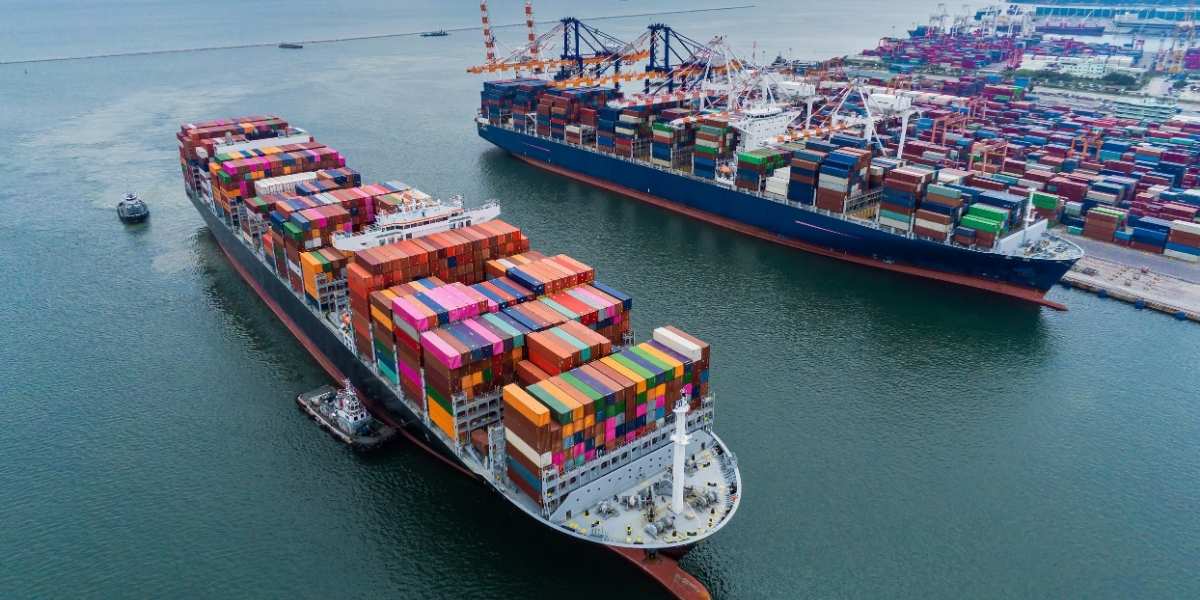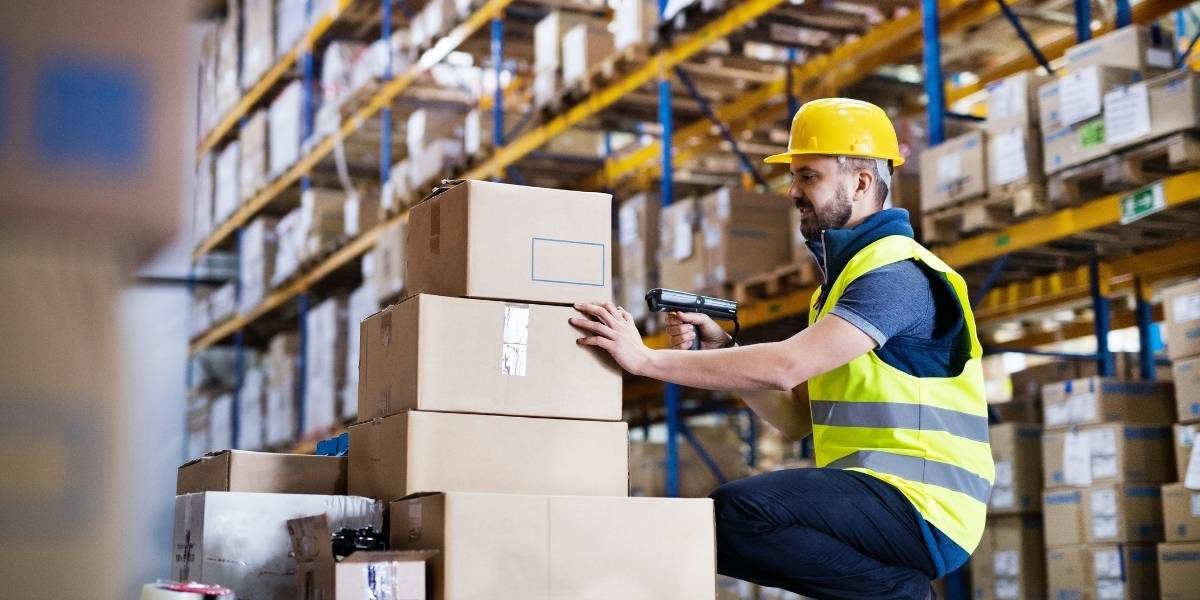NYC’s waterfront is quietly stepping into a new role. What used to be a backdrop for leisure and real estate is now becoming a logistics powerhouse, reshaping how goods move through the city. From barges carrying freight to microhubs staging last-mile deliveries, the city’s rivers and harbors are being reimagined as active players in the supply chain.
It’s not always obvious. Most people don’t associate waterfront parks or ferry terminals with cargo. But behind the scenes, a shift is underway. As demand for faster delivery grows and traffic congestion worsens, the city is turning to its waterways to ease pressure on streets and rethink how freight flows.
For anyone who’s ever felt frustrated by blocked bike lanes, slow shipments, or noisy trucks double-parked outside their building, this change might feel overdue. NYC’s logistics system has been stretched thin, and the waterfront is offering a way to rebalance it.
How NYC’s Waterfront Is Reclaiming Its Freight Role
The city’s waterfront has a long history with freight. Decades ago, piers and docks buzzed with industrial activity. But as trucking and air freight took over, many of those spaces were repurposed or abandoned. Now, with land scarce and delivery demand surging, the water is making a quiet comeback.
Instead of massive container ships, the focus is on short-haul cargo. Barges and ferries are being used to move goods between boroughs and from regional ports into the city. These vessels carry everything from construction materials to retail inventory, bypassing clogged highways and bridges.
Some of the most active zones include waterfront areas in Brooklyn, Queens, and the Bronx. Old industrial sites are being converted into logistics hubs, where goods can be offloaded and staged for final delivery. These locations are close to dense neighborhoods, making them ideal for last-mile distribution.
This shift isn’t just about efficiency, it’s about sustainability. Waterborne freight produces fewer emissions than trucks and helps reduce wear and tear on city streets. It’s a cleaner, quieter way to move goods, and it’s gaining traction.
E-Commerce and the Pressure on Urban Freight
Online shopping has changed everything. Every order placed adds pressure to the delivery system, and NYC’s infrastructure wasn’t built for that kind of volume. Trucks crowd intersections, block sidewalks, and slow down traffic. It’s a logistical headache that affects everyone, from couriers to commuters.
Waterfront logistics offers a workaround. By shifting some freight to boats, companies can avoid the worst traffic zones and get goods closer to their destination before they hit the road. That’s especially useful for high-volume categories like food, retail, and household essentials.

Some logistics teams are pairing waterborne freight with micro-distribution centers, small hubs that serve as launch points for e-bikes, push carts, and other low-impact delivery methods. These setups are helping reduce the footprint of delivery while keeping pace with demand.
This model aligns with circular economy models in NYC retail, where businesses are rethinking how goods are sourced, moved, and reused. Efficiency isn’t just about speed, it’s about smarter systems that reduce waste and improve access.
Technology’s Role in Waterfront Logistics
Technology is quietly powering this shift. Real-time tracking, automated scheduling, and route optimization are helping freight operators coordinate deliveries across water and land. These tools aren’t flashy, but they’re essential for making sure packages arrive on time and don’t get lost in the shuffle.
Sensors and data platforms are also being used to monitor cargo movement and dock activity. That helps operators avoid bottlenecks and make better use of limited space. In a city like New York, where every square foot counts, that kind of precision matters.
Some of the same tech used in food delivery across New York is being adapted for freight. That includes mapping tools that account for bike lanes, pedestrian zones, and traffic patterns. It’s all part of a broader effort to make urban delivery smarter and more responsive to local conditions.
These systems also help logistics teams respond to weather, construction, and other disruptions. By integrating water routes with land-based delivery, they’re building a more flexible network that can adapt to the city’s constant motion.
What Waterfront Logistics Means for NYC’s Future
This shift isn’t just about packages, it’s about how the city functions. By using the waterfront more effectively, NYC is easing pressure on its roads, improving air quality, and creating new job opportunities. It’s also reclaiming parts of the harbor that were underused or forgotten.
There’s still work to do. Infrastructure upgrades, zoning adjustments, and coordination between agencies are all part of the puzzle. But the momentum is there, and the benefits are starting to show. Delivery is faster in some areas, traffic is lighter in others, and businesses are finding new ways to reach customers.
For residents who’ve felt the strain of crowded streets and slow deliveries, this shift might offer some relief. It’s not a perfect system, and it won’t solve every problem overnight. But it’s a step toward a more balanced, efficient way of moving goods through the city.
NYC’s waterfront is proving that logistics doesn’t have to be loud, dirty, or disruptive. It can be smart, quiet, and surprisingly effective, especially when the city’s rivers and harbors are part of the plan.
















